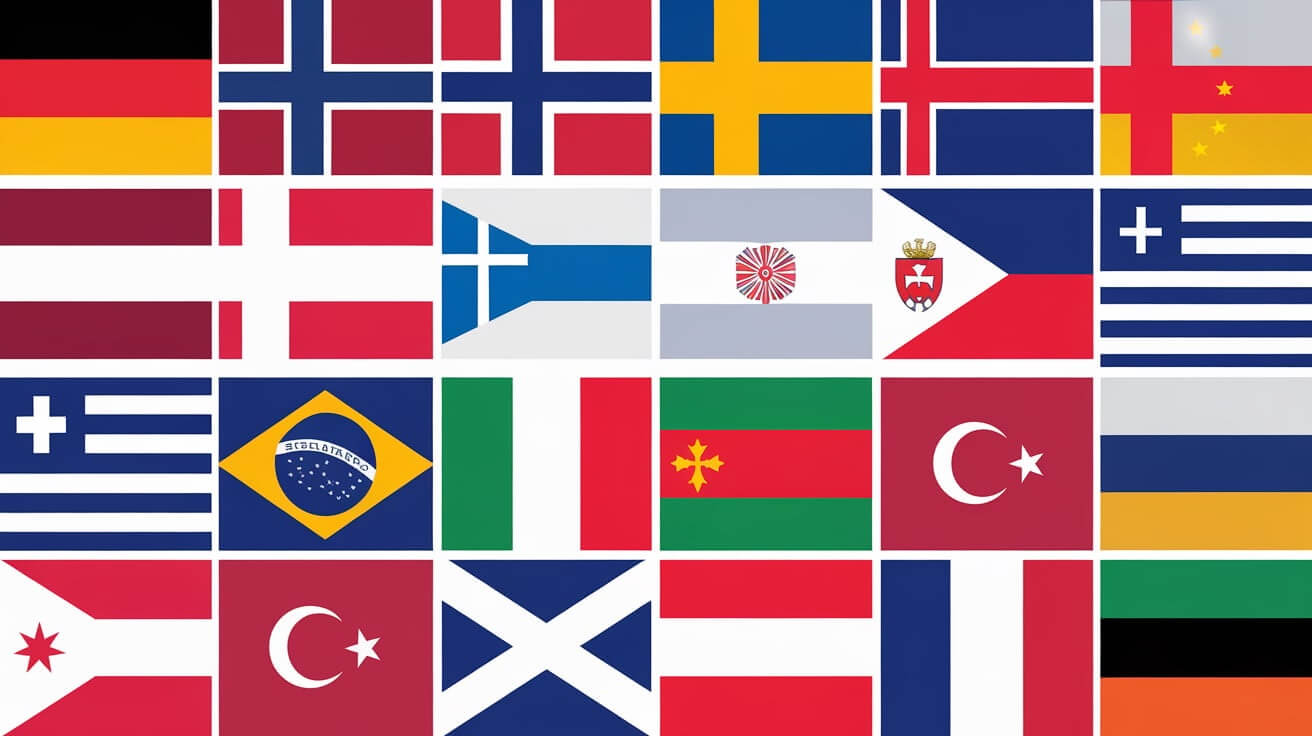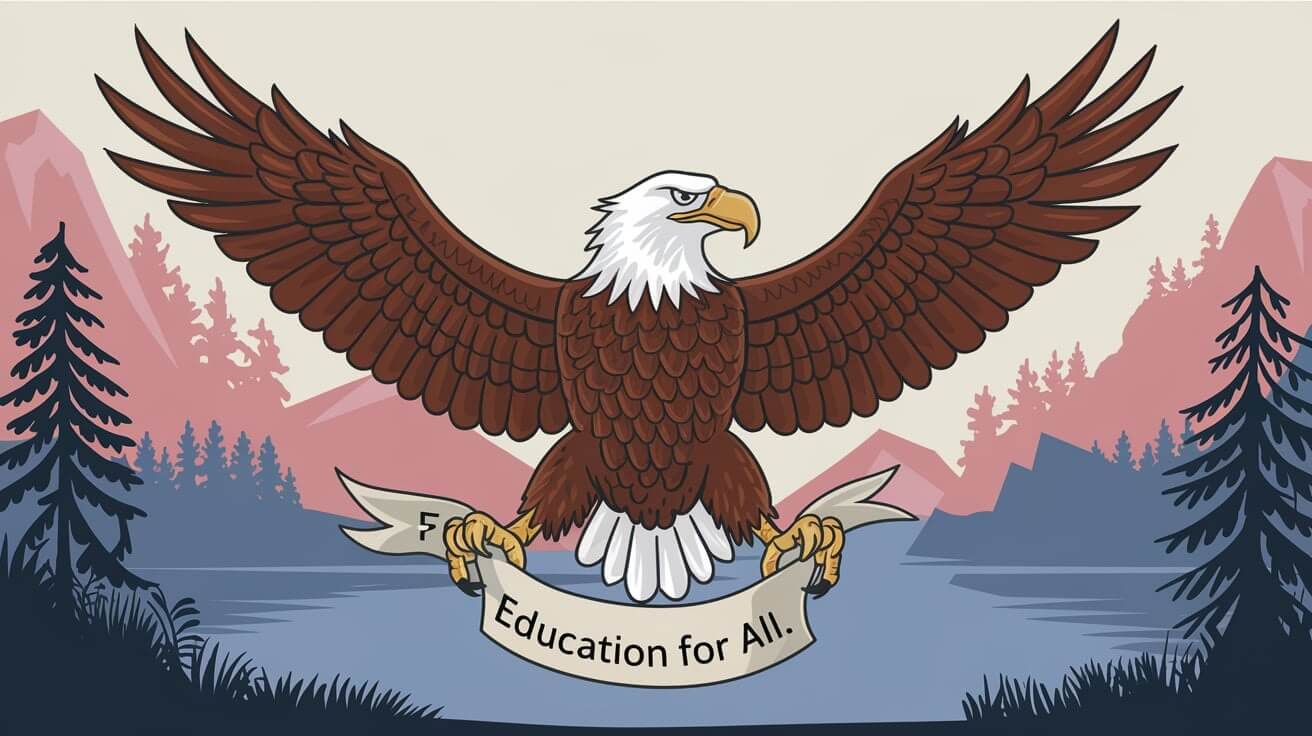
Why Is Education Free in Some Countries? Understanding the Reasons
Education is the foundation of personal growth and societal development. It gives individuals the skills to analyze situations thoughtfully, make meaningful contributions to the economy, and build rewarding lives. In some countries, education is accessible at all levels, from primary school to university. In contrast, in others, the financial burden is significant.
Why do some nations prioritize free education, and what drives these policies? This article unpacks the motivations, benefits, and challenges of free education systems, using real-life examples and evidence to understand the topic comprehensively.
Whether you're a student, a parent, or someone curious about global education systems, this guide will help you explore the reasons behind free education policies and their broader implications.
The Evolution of Free Education Policies
Historical Context
Although the idea of free education had been introduced previously, it did not emerge until the 19th century, when countries began recognizing the importance of a literate and skilled workforce. Prussia (modern-day Germany) led the way by establishing one of the earliest state-funded education systems, which later inspired similar models worldwide.
The mid-20th century saw a significant shift. Post-World War II, the Universal Declaration of Human Rights (1948) emphasized education as a fundamental right, urging countries to make it accessible. This declaration laid the foundation for nations to explore tuition-free education to foster equality.
Key Milestones in Education Reforms
-
1948: The Universal Declaration of Human Rights (UDRC) recognized education as a human right.
-
1970s: Nordic countries such as Finland and Sweden eliminated tuition fees to promote equal access to education.
-
2000s: Germany abolished university tuition fees, making higher education accessible to all residents and international students.
These milestones reflect a global understanding that education is a public good, not just a personal privilege.
Why Is Education Free in Some Countries?
Socio-Economic Motivations
Free education policies are often driven by the need to reduce socio-economic disparities. When education is free, individuals from all income levels have equal opportunities to succeed, breaking the cycle of poverty.
For instance, Finland's education system is designed to promote social mobility. Removing financial barriers ensures that every child can access quality education regardless of their family's income. This has contributed to Finland's high levels of social equity and low-income inequality.
Political and Ideological Drivers
Some countries view education as a public good, similar to healthcare or infrastructure. Governments in these nations believe that education benefits not only individuals but also society as a whole. Political stability, democratic governance, and a commitment to human rights often correlate with the adoption of free education policies.
In Norway, for example, education is free because it aligns with the country's egalitarian values. The government funds education through progressive taxation, ensuring that everyone contributes based on their ability to pay.
Benefits of Free Education Systems
Promoting Social Equality
When education is free, it levels the playing field. Children from disadvantaged backgrounds can attend the same schools as wealthier families, fostering inclusivity and reducing inequality.
A study by the Organisation for Economic Co-operation and Development (OECD) found that countries with free education policies have higher rates of social mobility. A student's future depends less on their family's income in these nations.
Fostering Economic Growth
Free education is an investment in a country's future. By educating its population, a nation creates a skilled workforce that drives innovation and economic development.
Example:
Germany's tuition-free universities attract international students who contribute to its economy during their studies and as part of the workforce after graduation. This approach has helped Germany maintain one of the strongest economies in the world.
Reducing Barriers to Individual Empowerment
Free education empowers individuals by removing the burden of debt. Students can focus on their studies and earn careers based on passion rather than financial necessity. This freedom gives for more innovation and creativity in the workforce.
Statistic:
Nordic countries that offer free education report remarkably higher levels of job satisfaction and lower rates of student debt than countries with tuition-based systems.

List of 20 Countries with Free Education:
Many countries offer free or highly subsidized education and free education, particularly at the tertiary level. Here's a list of such countries:
-
Germany: In Germany, public universities waive tuition fees for undergraduate and most postgraduate programs, welcoming students of all nationalities.
-
Norway: Norwegian public universities offer free education to all students, including international students, for most programs.
-
Finland: Education is free for EU/EEA and Switzerland students. Students outside the EU/EEA might need to pay tuition fees; however, numerous programs offer scholarships.
-
Sweden: Tuition is free for EU/EEA and Swiss students. Non-EU/EEA students must pay fees, though scholarships are available.
-
Austria: Public universities offer free education for EU/EEA students, while those outside the EU/EEA may need to pay reasonable fees.
-
Denmark: Offers free education to EU/EEA and Swiss students. Students from outside the EU/EEA are typically charged tuition fees.
-
Czech Republic: Public universities offer free education in Czech language programs. Programs in other languages may have fees.
-
Slovenia: Provides free education for EU students. Non-EU students may be subject to fees.
-
Greece: Offers free education to EU students. Non-EU students may have to pay fees.
-
Argentina: Public universities offer free education to both domestic and international students.
-
Brazil: Public universities provide free education to Brazilian students and, in some cases, international students.
-
Iceland: Public universities do not charge tuition fees, but there is a registration fee.
-
Luxembourg: Offers free education to all students, with some administrative fees.
-
Malta: Provides free education to EU students. Non-EU students may have to pay fees.
-
Poland: Offers free education in Polish language programs for EU students. Non-EU students and those in programs taught in other languages may have fees.
-
Slovakia: Provides free education for EU students. Non-EU students may be subject to fees.
-
Scotland: Students from Scotland and the EU can study for free at Scottish universities. Students from other parts of the UK and non-EU countries may have to pay fees.
-
Turkey: Public universities offer low tuition fees, and some programs are free, especially for Turkish citizens.
-
France: Public universities charge minimal fees, making education nearly free.
-
Lithuania: Offers free education to EU students. Non-EU students may have to pay fees.
Challenges in Implementing and Sustaining Free Education
Financial Burdens on Governments
Free education requires substantial funding. Governments must allocate significant budgets to maintain infrastructure, pay teachers, and provide resources. This often means higher taxes or reallocating funds from other sectors.
Example:
Norway's free education system is funded through one of the world's highest tax rates. While this model works for Norway, it may only be feasible for countries with stronger economies.
Balancing Access with Quality
Free education systems often need help with issues like overcrowded classrooms, stretched resources, and teacher shortages. Ensuring quality is fine while expanding access is a delicate balancing act.
Insight:
In some countries, the influx of students into free education systems has led to longer course wait times and reduced one-on-one attention from educators.
Real-Life Examples of Free Education Systems
Finland: A Model for Comprehensive Education
Finland's education system is renowned for its equality and quality. Teachers are highly trained, and students are encouraged to develop critical thinking skills. The result is a system where students consistently outperform their peers in international assessments.
Statistic:
Finland's literacy rate is 99%, and its students rank among the top in the Programme for International Student Assessment (PISA).
Germany: Tuition-Free Universities
Germany abolished tuition fees for public universities in 2014. This policy has made higher education accessible not only to German citizens but also to international students. By removing financial barriers, Germany attracts talent worldwide, enriching its academic and professional sectors.
Norway: Equitable Access to Learning
Norway's government ensures that education is free at all levels, supported by a robust welfare system. This approach reflects the nation's commitment to equality and inclusivity.
Comparisons with Countries Without Free Education
High tuition fees create significant educational barriers in nations like the United States. Many students graduate with substantial debt, delaying milestones like buying a home or starting a family.
Statistic:
The average U.S. student loan debt is $37,000, compared to $0 in Nordic countries.
The contrast highlights how financial accessibility—or the lack thereof—shapes individual opportunities and societal outcomes.
Addressing Common Myths About Free Education
"Free Education Equals Poor Quality"
This needs to be clarified. Countries like Finland and Germany demonstrate that free education systems can maintain high standards by prioritizing teacher training and resource allocation.
"Free Education Is Unsustainable"
While free education requires significant funding, nations with robust tax systems and efficient governance have sustained these systems for decades.
Conclusion
Education is more than a personal asset; it's a societal cornerstone. Countries that offer free education recognize its transformative power, investing in their people's and economies' future. While challenges exist, the benefits—social equality, economic growth, and individual empowerment—far outweigh the costs.
As we reflect on the role of education in shaping our world, it's clear that making it accessible to all isn't just an ideal; it's a necessity for a better, more equitable future.
FAQs
What countries provide free education?
Finland, Germany, Norway, and many others offer free education systems.
How does free education impact society?
It reduces inequality, boosts economies, and empowers individuals.
What are the challenges of free education?
Funding constraints and maintaining quality are common challenges.
Why is education expensive in some countries?
Limited government funding and reliance on private institutions drive costs.
Can free education improve global literacy rates?
Yes, countries with free education policies report higher literacy rates.
Education

